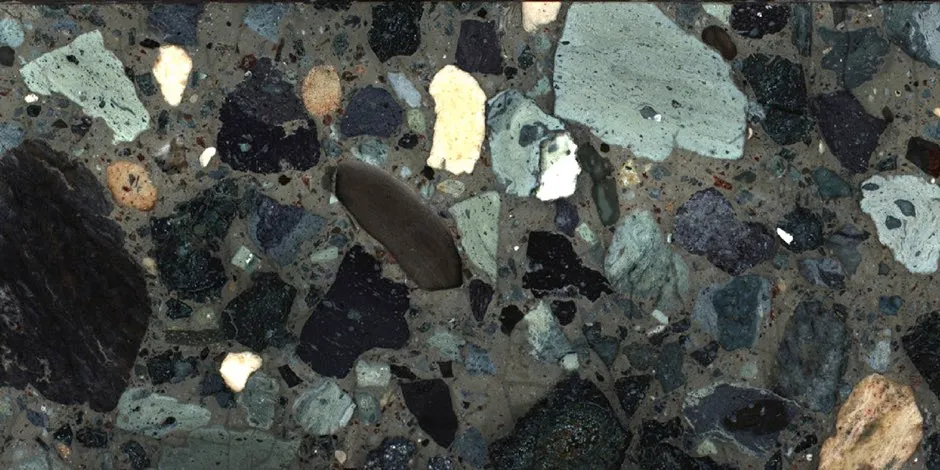It was one of the most destructive days in the history of our planet, and now we know how it played out. Scientists have pieced together the first day of the dinosaurs’ demise, by drilling into the crater that formed from the asteroid that triggered their downfall.
The asteroid, which led to the extinction of all non-avian dinosaurs, slammed into the Gulf of Mexico’s Yucatán Peninsula some 66 million years ago.
In 2016, a scientific drilling project by the International Ocean Discovery Program retrieved rocks from the impact site, which is submerged offshore. Now, scientists have analysed these rocks to travel back in time to doomsday itself.
Read more about the extinction of the dinosaurs:
- Mass extinction: Can we stop it, and can we learn anything from the fate of the dinosaurs?
- What if the dinosaurs had survived?
- The sky is falling: should you be worried about asteroids and comets?
- Why were birds the only dinosaurs to survive the mass extinction?
“It’s an expanded record of events that we were able to recover from within ground zero,” said Dr Sean Gulick, a geophysicist at the University of Texas at Austin and leader of this study. “It tells us about impact processes from an eyewitness location.”
In just 24 hours following the impact, 130m of material was deposited. This included charcoal, which provides evidence for the intense wildfires that are thought to have been ignited by the blast.
Meanwhile, the impact also triggered a huge tsunami, as evidenced by jumbles of rock and layers of sand in the core samples, which appear to have been deposited by resurging waters.

One thing conspicuously missing from the samples, though, is sulphur. Although the surrounding area is full of sulphur-rich rocks, the crater is unusually sulphur-free.
This supports the idea that the asteroid impact instantly vaporised sulphurous rocks, releasing the sulphur into the atmosphere, where it lingered and reflected away the Sun’s light, cooling the Earth’s climate.
Although the impact had devastating effects on a regional level, it’s this large-scale global cooling that’s thought to be behind the dinosaurs’ eventual demise, as well as that of countless other plant and animal species.
“The real killer has got to be atmospheric,” said Gulick. “The only way you get a global mass extinction like this is an atmospheric effect.”
Follow Science Focus onTwitter,Facebook, Instagramand Flipboard